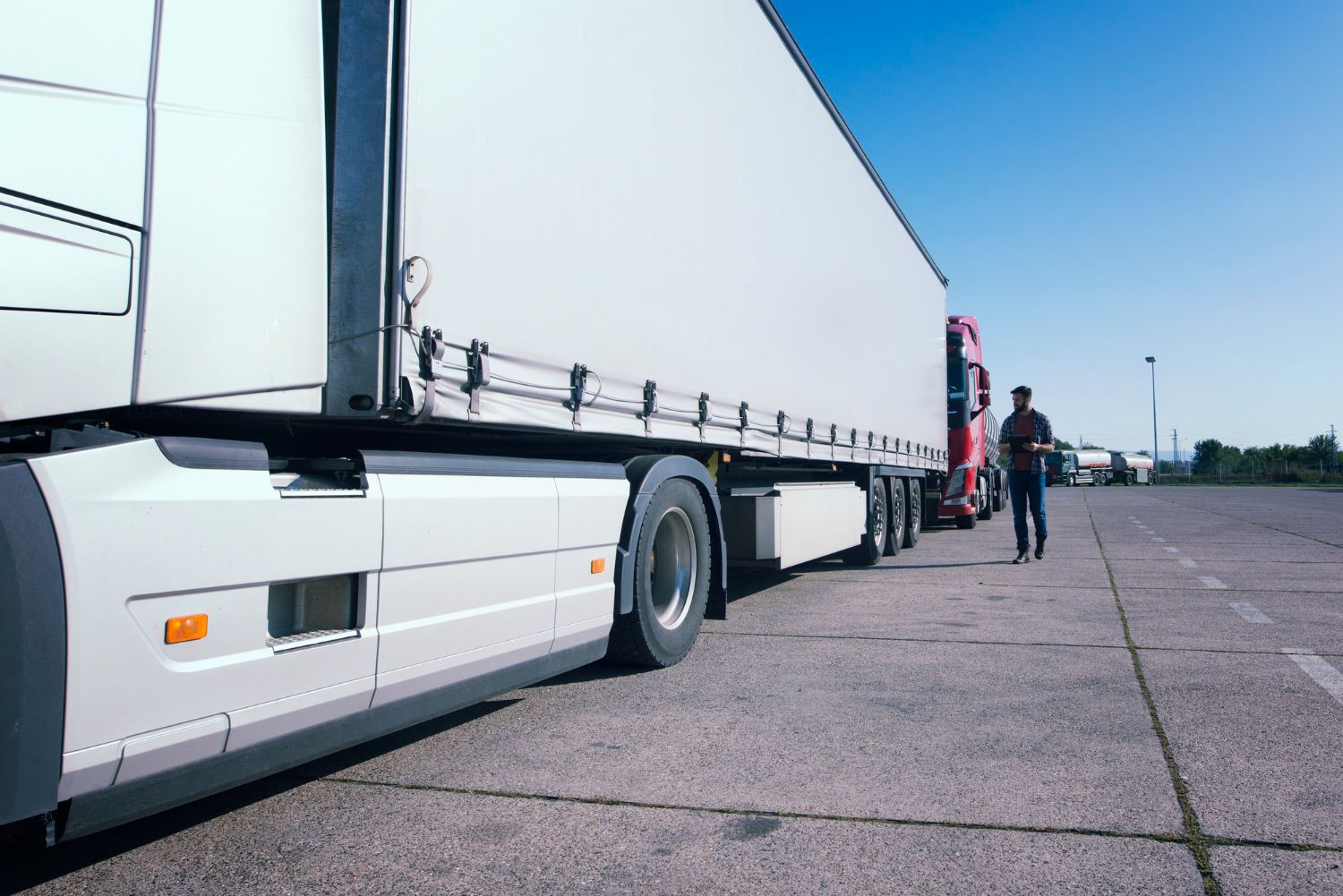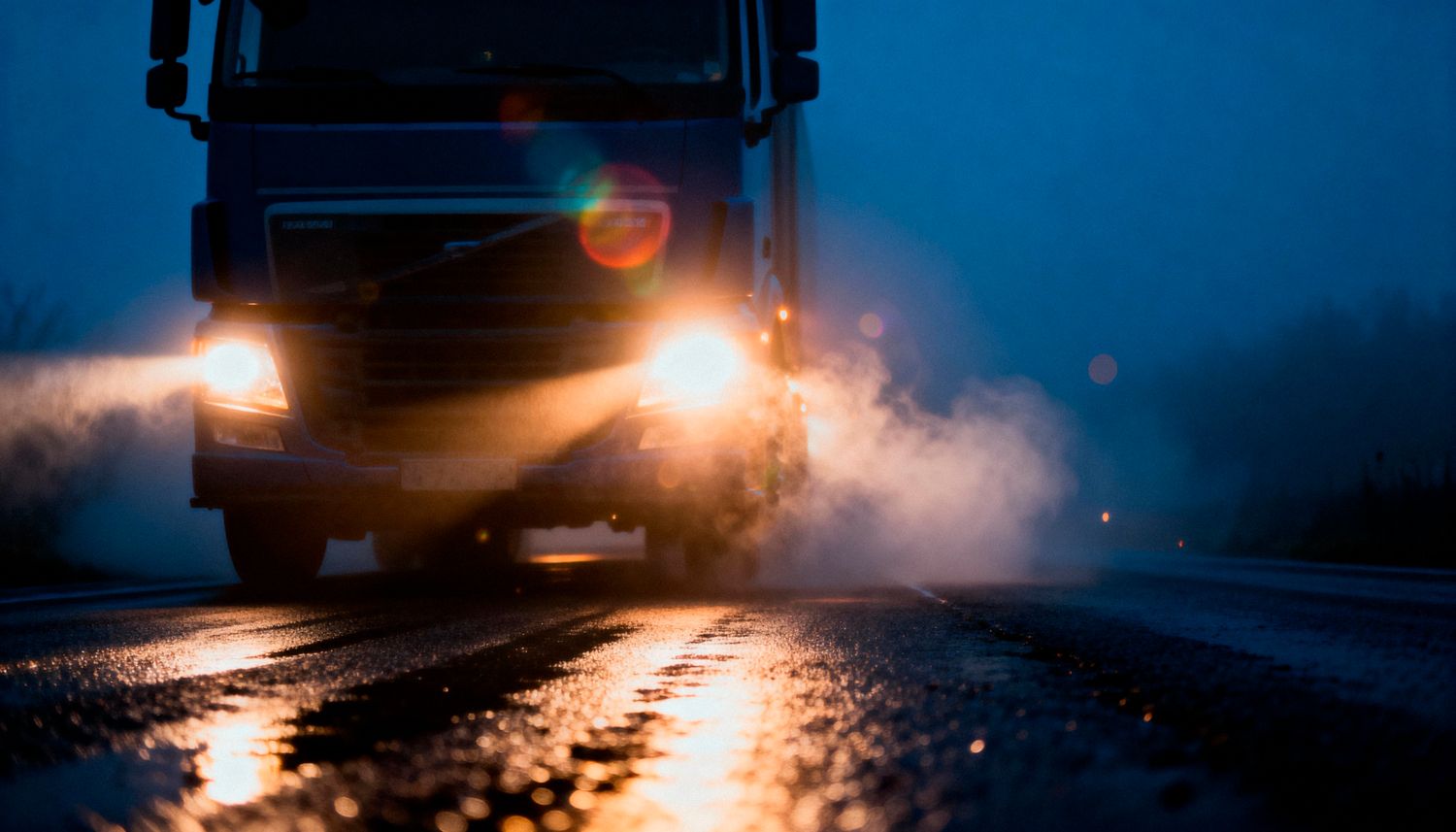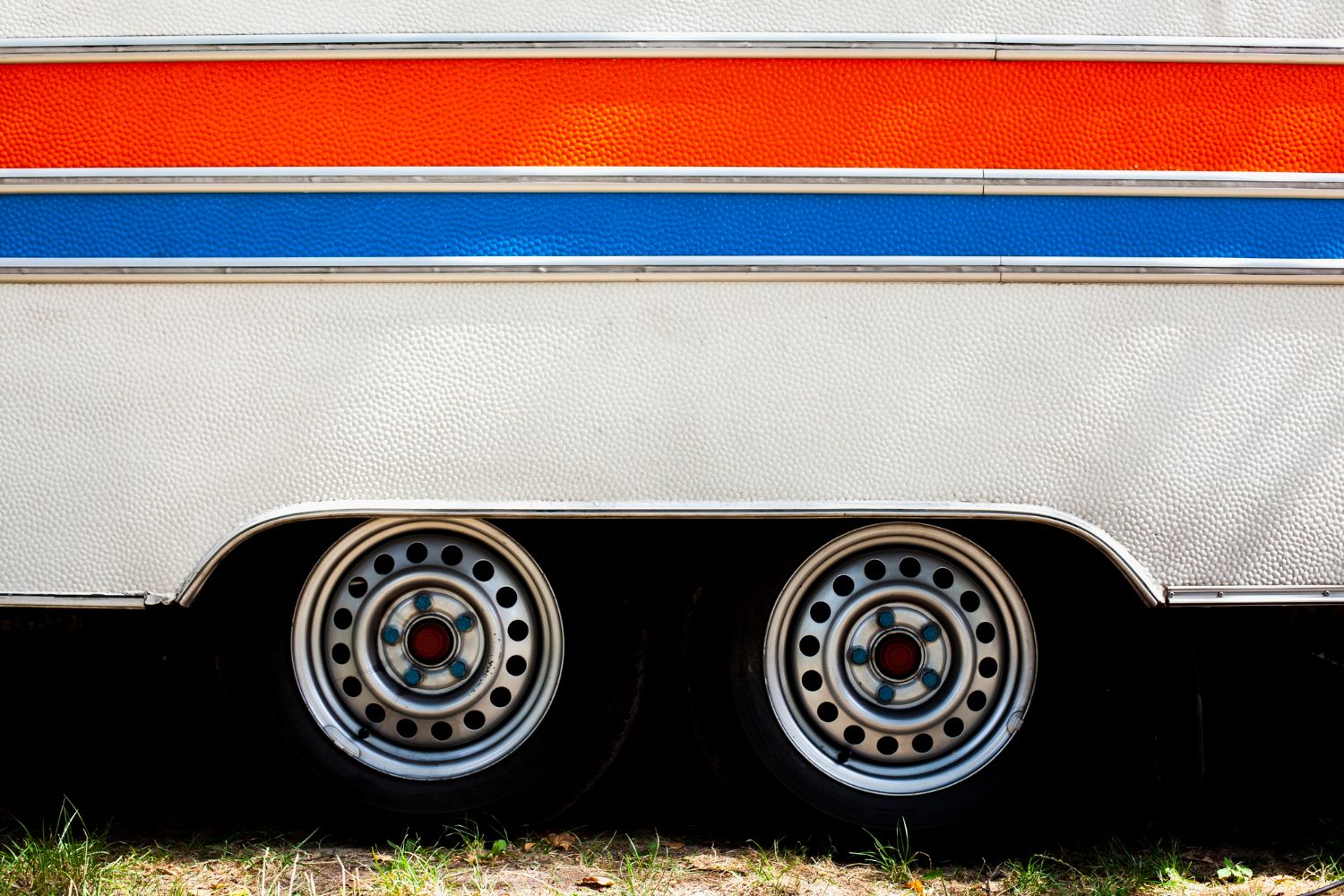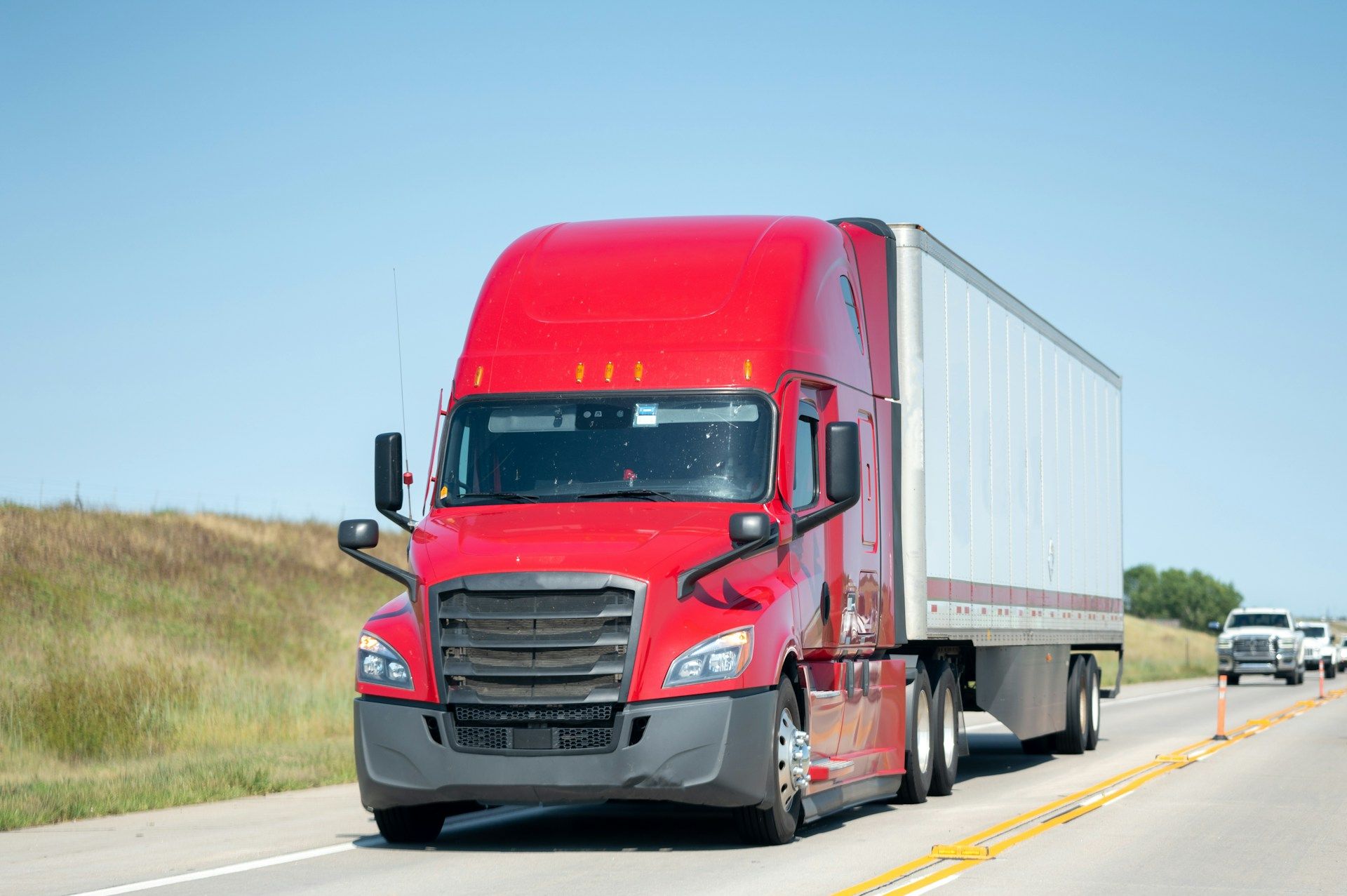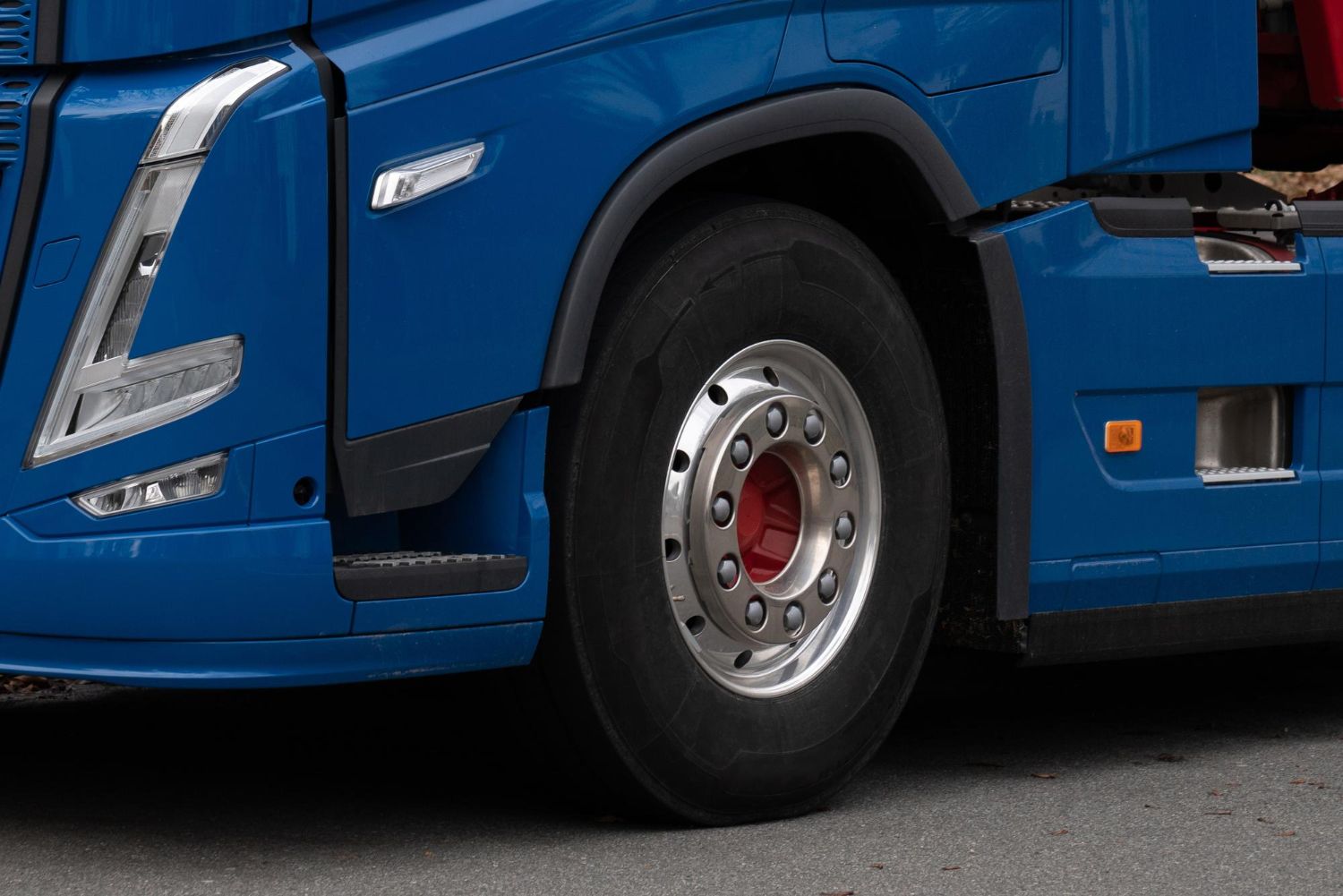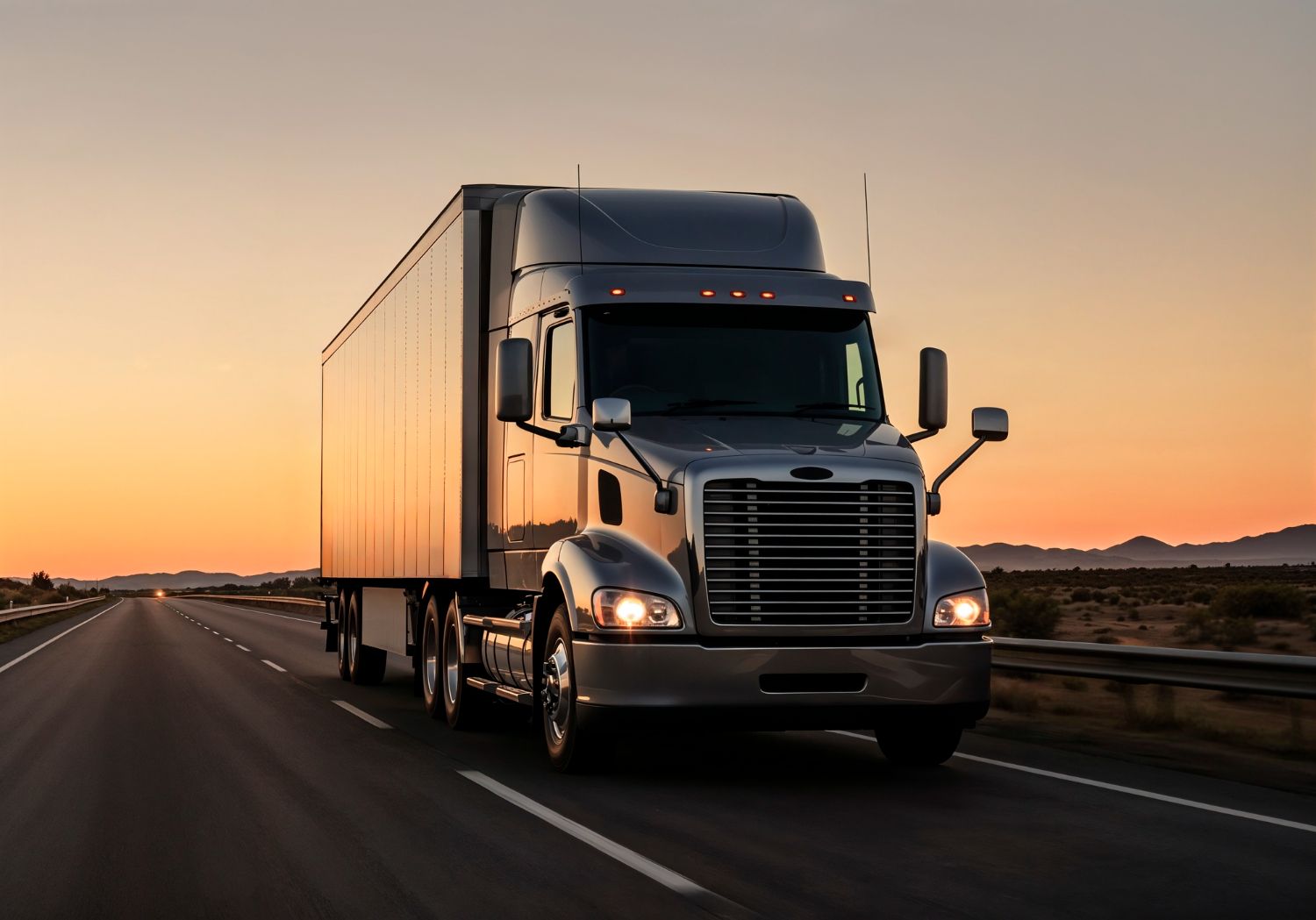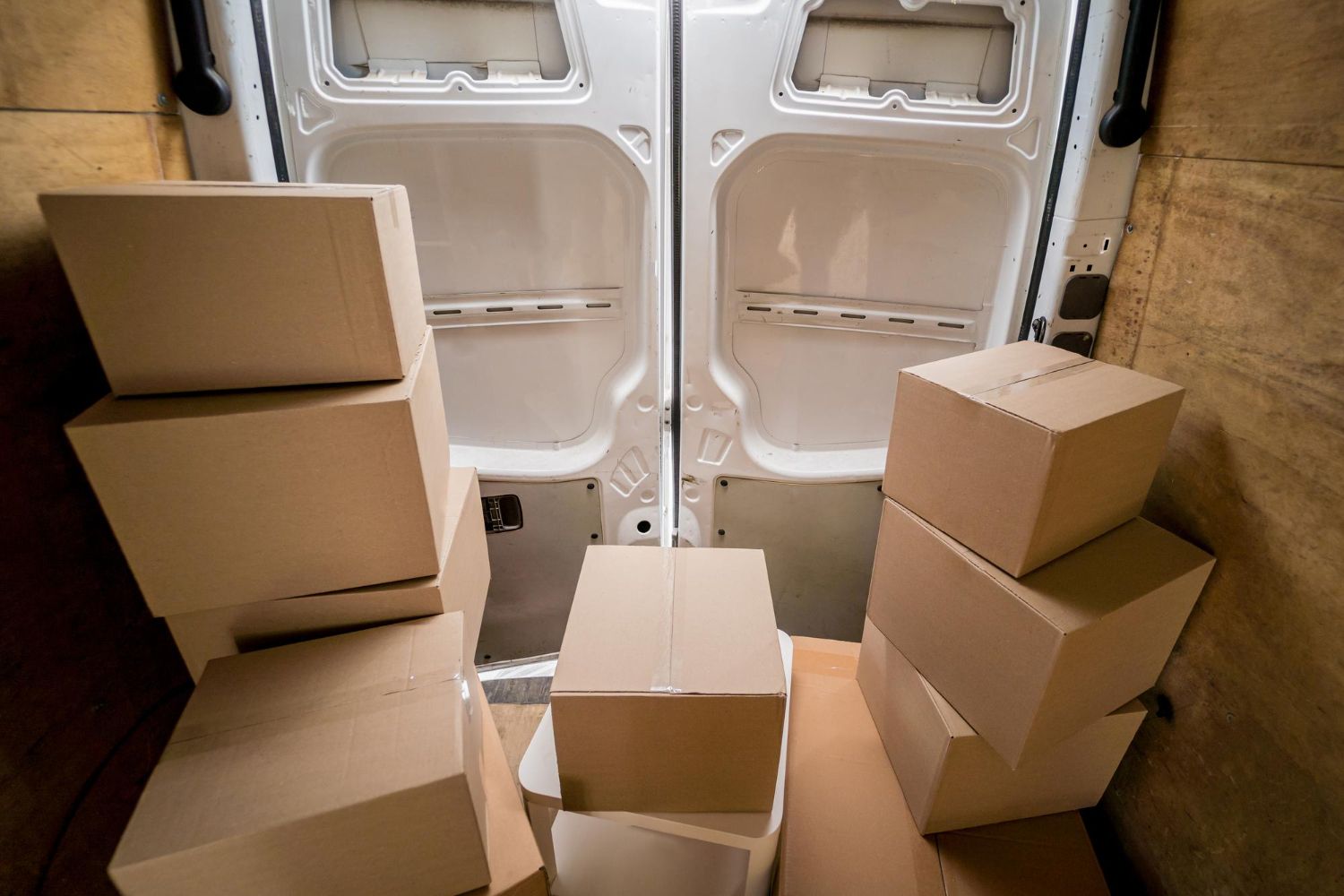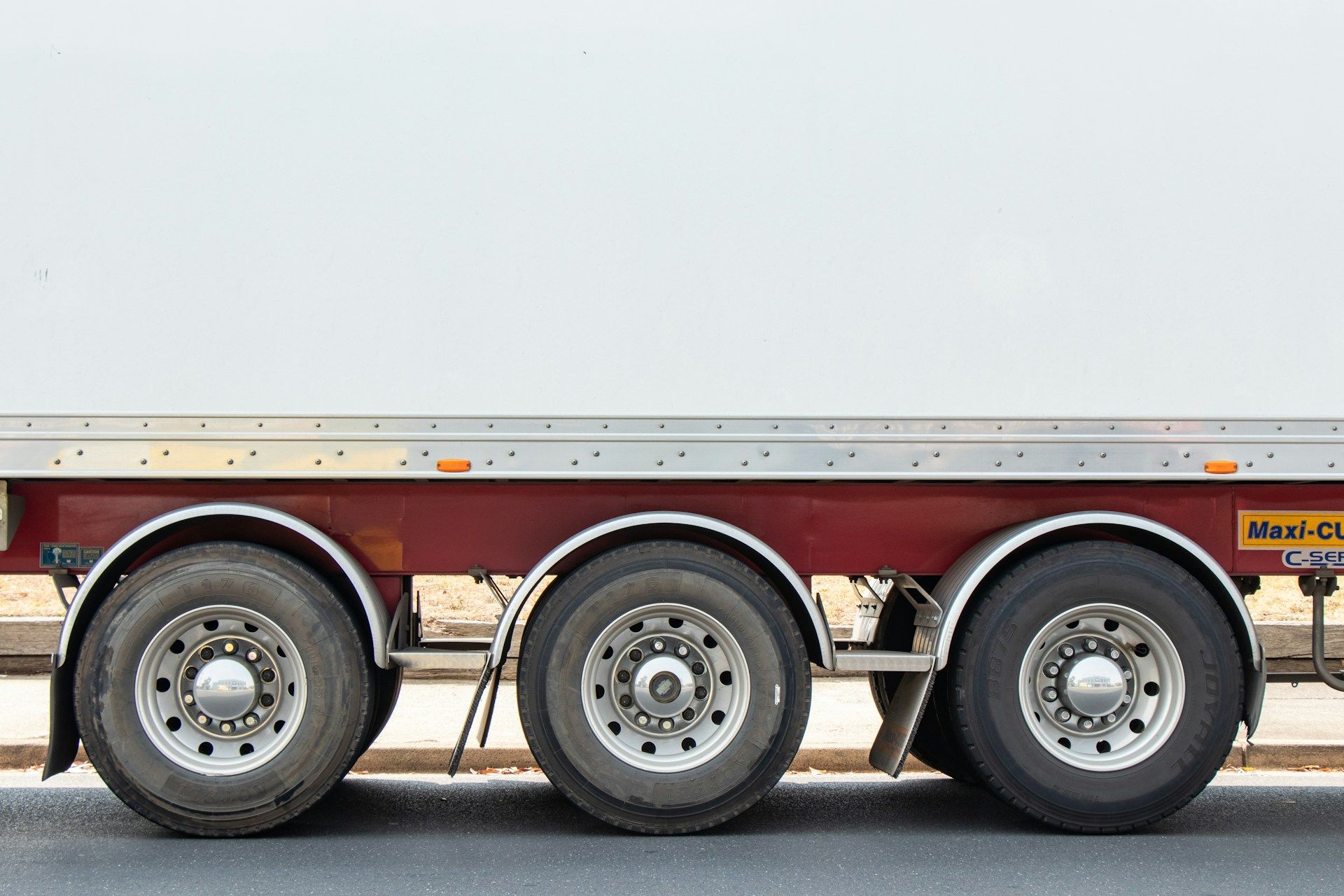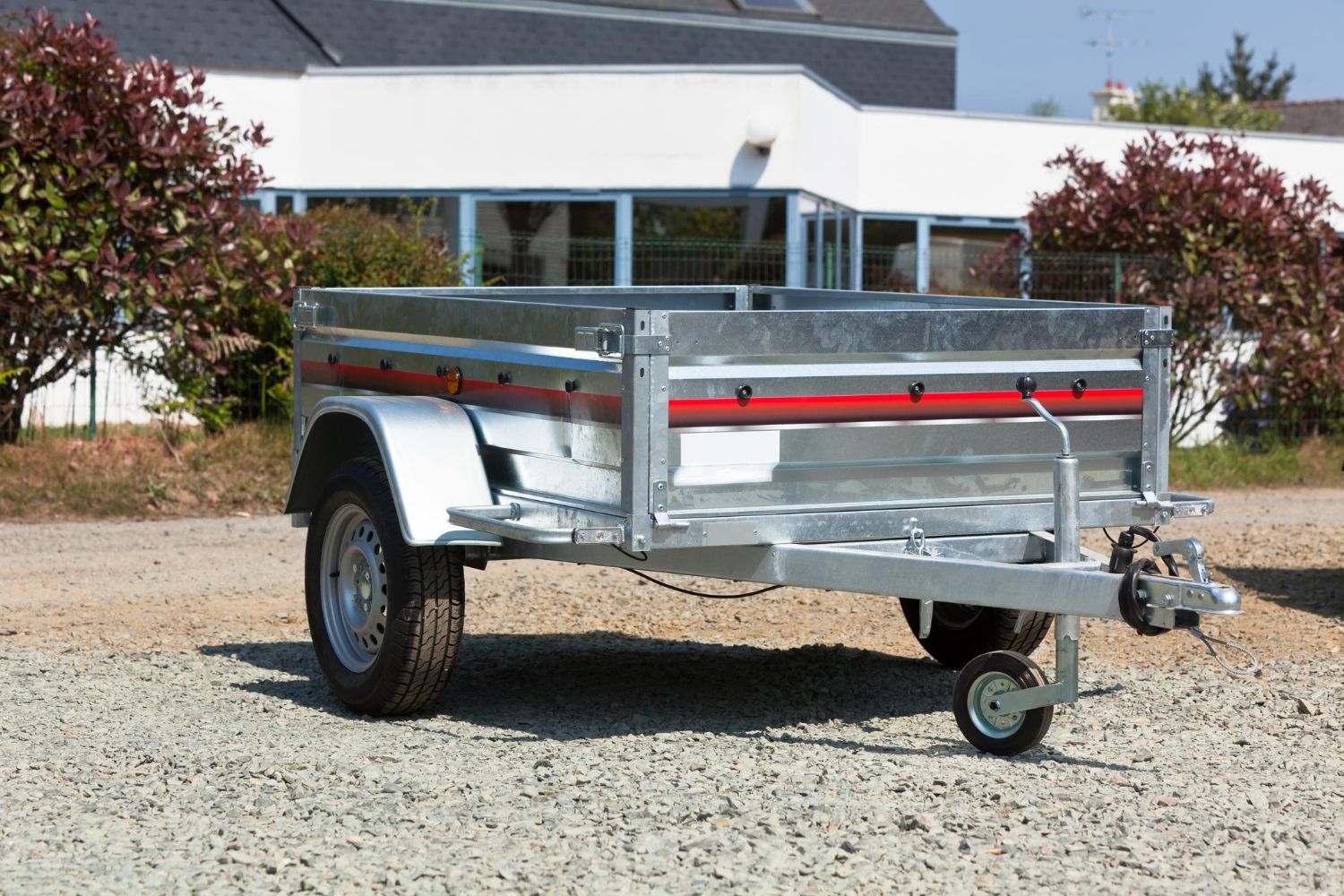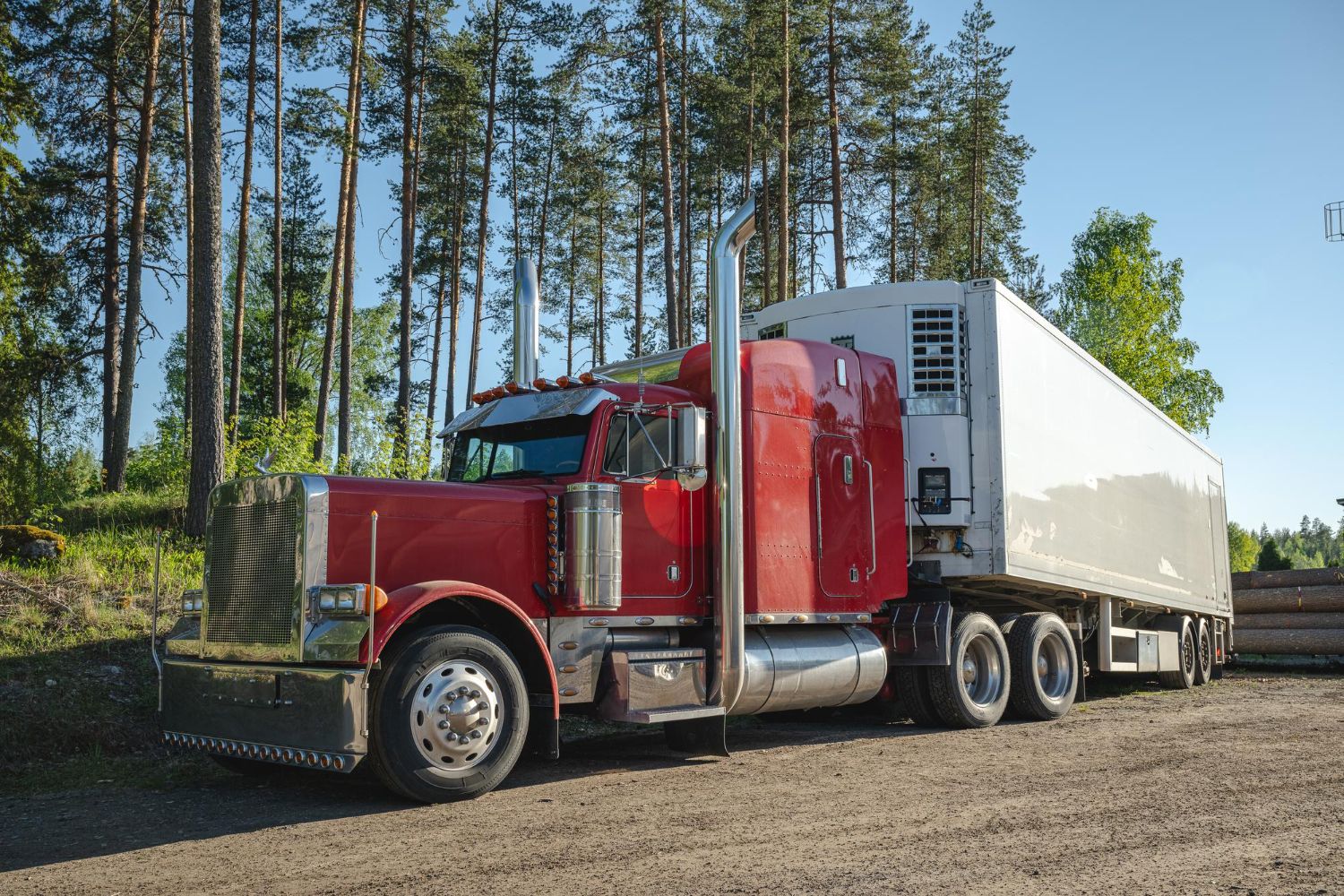Weather Protection for Covered Cargo Trailers
Weather can do more than dampen your plans—it can take a serious toll on your trailer too. If you rely on a covered cargo trailer for work or personal use, protecting it from the elements isn’t just a good idea, it helps keep your equipment and goods safe. From heat waves to snowstorms, the right protection keeps that trailer performing the way it should no matter the season.
Albuquerque gets a bit of everything when it comes to weather. Summers are dry and hot. Winters can bring snow and freezing temps. Add to that the occasional thunderstorms, and you’ve got yourself a wide range of conditions that can affect the condition of your trailer over time. Planning for all types of weather early on is one of the smartest things trailer owners can do.
Understanding Albuquerque’s Weather Impact
Albuquerque’s weather is known for its swings—blazing sun, dry winds, cold snaps, and the occasional downpour or snowflake. These shifts may seem harmless at first, especially since the city gets a lot of dry days, but over time they can add up and cause real problems if your trailer’s not ready for them.
The strong sunshine is likely the first thing that comes to mind. UV exposure isn’t just harmful to skin—it also affects materials like rubber, paint, and some plastics used in and around your trailer. Over time, constant sun can dry out seals, fade surfaces, and even cause cracking. Extreme heat can also affect your cargo, especially if you’re hauling temperature-sensitive items, electronics, or certain construction materials.
As for the colder months, winter brings freezing nights and occasional snow or ice. Even if your trailer doesn’t see a lot of snow buildup, those rapid temperature changes can wear out weather stripping and cause condensation inside the trailer if ventilation isn’t addressed properly. Moisture that freezes and thaws repeatedly can weaken joints, warp floors, and lead to mold or mildew if left unchecked.
And let’s not forget the fall thunderstorms that roll through with little warning. Sudden heavy rain can test the watertight features of your trailer. If any part of it isn’t sealed—doors, roof seams, or hinges—this is when you’ll notice. Unprotected trailers that leak can turn into expensive repair jobs fast.
Here’s how different conditions impact a covered cargo trailer:
1. Sun/UV rays: Fades paint, cracks rubber seals, warps plastics
2. Rain and moisture: Causes rust, mold, and water damage without proper sealing
3. Cold and snow: Weakens structural parts through expansion and contraction, encourages dampness inside
4. High winds and dust: Can loosen exterior trim, damage roof edges, and fill vents with dirt
Understanding how every part of the weather cycle touches your trailer is the first step in keeping it ready year-round. Albuquerque may be beautiful, but your trailer needs protection through every shift in the forecast.
Key Features Of Weather-Resistant Covered Cargo Trailers
Some covered cargo trailers are better built for weather than others. If you’re looking for one that holds up through the seasons, there are a few features you’ll want to pay close attention to.
First, start with the materials. Steel frames are strong but need solid rust protection. Aluminum resists corrosion naturally but can dent more easily. You’ll want a frame and outer shell that can handle temperature shifts without weakening over time. Make sure fasteners and trim use materials like stainless steel that won’t rust after a single rainstorm.
Next up is the seal work. Your trailer doors—both side and rear—should close firmly with tight rubber gaskets. Roof seams and joints should be caulked or sealed cleanly, without gaps, bubbles, or peeling edges. If water can find its way in, it will. It’s worth doing a quick walkaround when you first get the trailer and after every major storm to check spots where water or wind might sneak through.
Another big factor is UV resistance. Look for roofing and wall panels made with finishes that block UV rays. Some trailers come with a protective coating over the paint or vinyl to prevent fading and surface heat buildup. This keeps the look of the trailer fresh and helps protect the components under it.
Ventilation also plays a key role. Vents keep air moving, which matters more than people expect. Without airflow, trapped moisture from cargo, weather, or washing down the inside can lead to problems like mildew. Good airflow helps prevent rot and keeps your cargo in better shape.
And lastly, don’t forget insulation. For trailers used during cold or extreme hot spells, insulated walls and ceilings help regulate internal temps. It’s especially useful if you’re moving sensitive equipment or need to spend time inside the trailer during loading or unloading in bad weather. It also keeps dew from forming inside when outside temps change quickly.
Adding up these features gives your trailer better protection and saves you from later headaches. Look closely at build quality and materials before buying or upgrading. One solid feature can make all the difference during the next big storm.
Maintenance Tips For Weather Protection
No matter how well-built your covered cargo trailer is, keeping it weather-resistant requires regular upkeep. Albuquerque’s range of dry heat, dust, harsh sunlight, and chilly winters can wear down even the toughest materials. A smart upkeep routine helps keep your trailer in ready-to-haul shape and lowers the chance of long-term damage.
Start with routine inspections. Walk around your trailer every few weeks, especially after a weather change or storm. Check the roof, door frames, seams, and vents for cracking, dents, or loose parts. Keep an eye out for peeling sealant or rust forming where water might have pooled.
Cleaning the outside every month or two helps, too. Dirt, bird droppings, leaves, and road grime might seem harmless, but left in place, they can wear away coatings and trap moisture. Wash the exterior using a gentle soap and water mix, then rinse it clean. Don’t forget the wheels and undercarriage.
To keep your trailer’s structure protected each season:
1. Check rubber door seals and replace any drying or cracking ones
2. Reseal roof seams with weather-grade sealant as needed
3. Apply a protectant coating every few months to walls and roof surfaces
4. Dust and vacuum the inside regularly to avoid buildup that attracts moisture
5. Test any roof or wall vents for functioning airflow and clean out debris
6. Look at tire pressure and condition during hot and cold stretches
When Albuquerque’s colder months move in, it’s helpful to add a few quick winter-prep steps. Make sure gaskets seal tight to block cold air and moisture. Park the trailer where water runoff won’t freeze around the wheels or axles. Keep locks and door hinges lubricated so they don’t freeze up. For the hot months, shading your trailer when possible and using ventilation to lower inside temps can reduce the wear caused by heat buildup.
Taking a little time each month for upkeep beats dealing with a major fix later. Weather isn’t always predictable, but your trailer’s condition can be with the right habits in place.
Enhancing Covered Cargo Trailer Lifespan
Protecting your trailer while it’s in use is only part of the equation. What you do with it when it’s parked or not needed can shape how long it lasts. Whether you’re parking it for a few days or storing it for a full season, storage matters quite a bit when it comes to keeping damage at bay.
Start with location. Always store your covered cargo trailer on a flat, dry surface. Avoid leaving it on grass or soft ground, especially during winter or after rain, because moisture can sneak upward through the frame. If concrete or asphalt isn’t an option, use support blocks or wheel chocks for stability. Parking on a slant can put stress on some parts over time, so aim for level ground.
Try to shield your trailer from the elements as much as your setup allows. An overhead canopy or enclosed garage is great, but even a heavy-duty weather cover can go a long way. Look for covers that resist UV rays and moisture, fit properly, and breathe enough to stop trapped condensation from forming.
Here are a few other ways to give your trailer some off-time care:
1. Raise the tongue jack slightly to keep water from settling on the roof
2. Release parking brake if you’re storing for a while to avoid sticking
3. Add tire covers to protect from UV exposure
4. Disconnect the battery if equipped, or check regularly to avoid drain
5. Remove any cargo that’s sensitive to temps or moisture
Investing in a few accessories can also help prolong use. A good sunshade, wheel covers, and protective locks can keep your trailer safer from both the sun and unwanted attention. Albuquerque’s combination of sun and cold season means temperature swings will keep testing your trailer. Taking control during downtime gives you a big edge in how your trailer holds up over the years.
Keep Your Trailer Protected No Matter the Season
Weather doesn’t take a vacation, and owning a covered cargo trailer in Albuquerque means planning ahead for all forecasts. From snow flurries in December to triple-digit days in July, the elements can chip away at your investment a little at a time. But staying on top of key features, regular maintenance, and smart storage gives you the upper hand.
Protecting your trailer year-round isn’t about perfect upkeep or expensive upgrades. It comes down to checking the basics often, fixing issues early, and parking smart. Whether you’re using your trailer weekly or occasionally, adding those small habits into your routine makes sure it’s always ready to go and lasts as long as it should.
Choosing the right storage and maintenance approach can greatly enhance your trailer’s longevity. If you’re looking to keep your covered cargo trailer protected from Albuquerque’s changing weather, New Mexico Trailer Depot offers reliable options and expert advice to help you get the most out of your investment. Count on us to keep your trailer safe, sturdy, and ready for the road.
